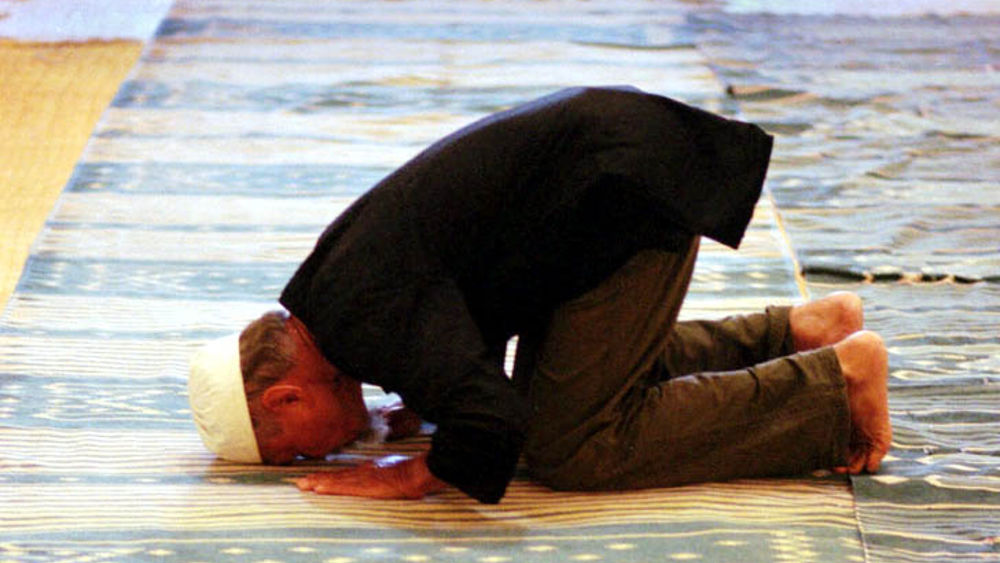How to perform daily Islamic prayers

Five times a day, Muslims bow to Allah in scheduled prayers. If you are learning to pray or are just curious about what Muslims do during prayers, follow these general guidelines. For a more specific guide, there are online prayer tutorials to help you understand how it's done.
Formal personal prayers can be made during a time interval between the start of a requested daily prayer and the start of the next scheduled prayer. If Arabic is not your native language, learn the meanings in your language as you try to practice Arabic. If possible, praying with other Muslims can help you learn how it is done correctly.
A Muslim should conduct prayer with the sincere intention of performing the prayer with full attention and devotion. Prayer should be performed with a clean body after correct ablutions, and it is important to perform the prayer in a clean place. A prayer rug is optional, but most Muslims prefer to use one and many bring one with them on the trip.
Correct procedure for Islamic daily prayers
Make sure your body and place of prayer are clean. If necessary, perform the ablutions to purify the dirt and impurities. Form a mental intention to perform your obligatory prayer with sincerity and devotion.
While standing, raise your hands in the air and say "Allahu Akbar" (God is the greatest).
While still standing, fold your hands over your chest and recite the first chapter of the Qur'an in Arabic. So you can recite any other verse from the Qur'an that speaks to you.
Raise your hands again and again "Allahu Akbar". Bow down, then recite three times, "Subhana rabbiyal adheem" (Glory to my Almighty Lord).
Stand up while reciting "Sam'i Allahu liman hamidah, Rabbana wa lakal hamd" (God hears those who call upon Him; Our Lord, praise You).
Raise your hands, saying "Allahu Akbar" once again. Prostrate on the ground, reciting three times "Subhana Rabbiyal A'ala" (Glory to my Lord, the Most High).
Get into a sitting position and say "Allahu Akbar". Prostrate yourself the same way again.
Climb upright and say “Allahu Akbar. This concludes a rak'a (cycle or prayer unit). Start again from step 3 for the second rak'a.
After two complete rak'as (steps 1 to 8), remain seated after the prostration and recite the first part of the Tashahhud in Arabic.
If the prayer is to be longer than these two rak'a, now you get up and start completing the prayer again, sitting down again after all the rak'as have been completed.
Recite the second part of the Tashahhud in Arabic.
Turn right and say "Assalamu alaikum wa rahmatullah" (Peace be upon you and God's blessings).
Turn left and repeat the greeting. This concludes the formal prayer.